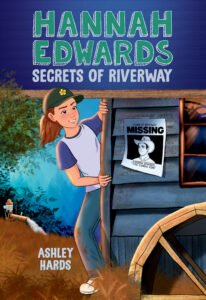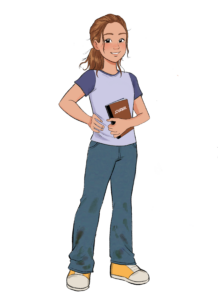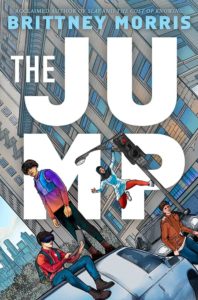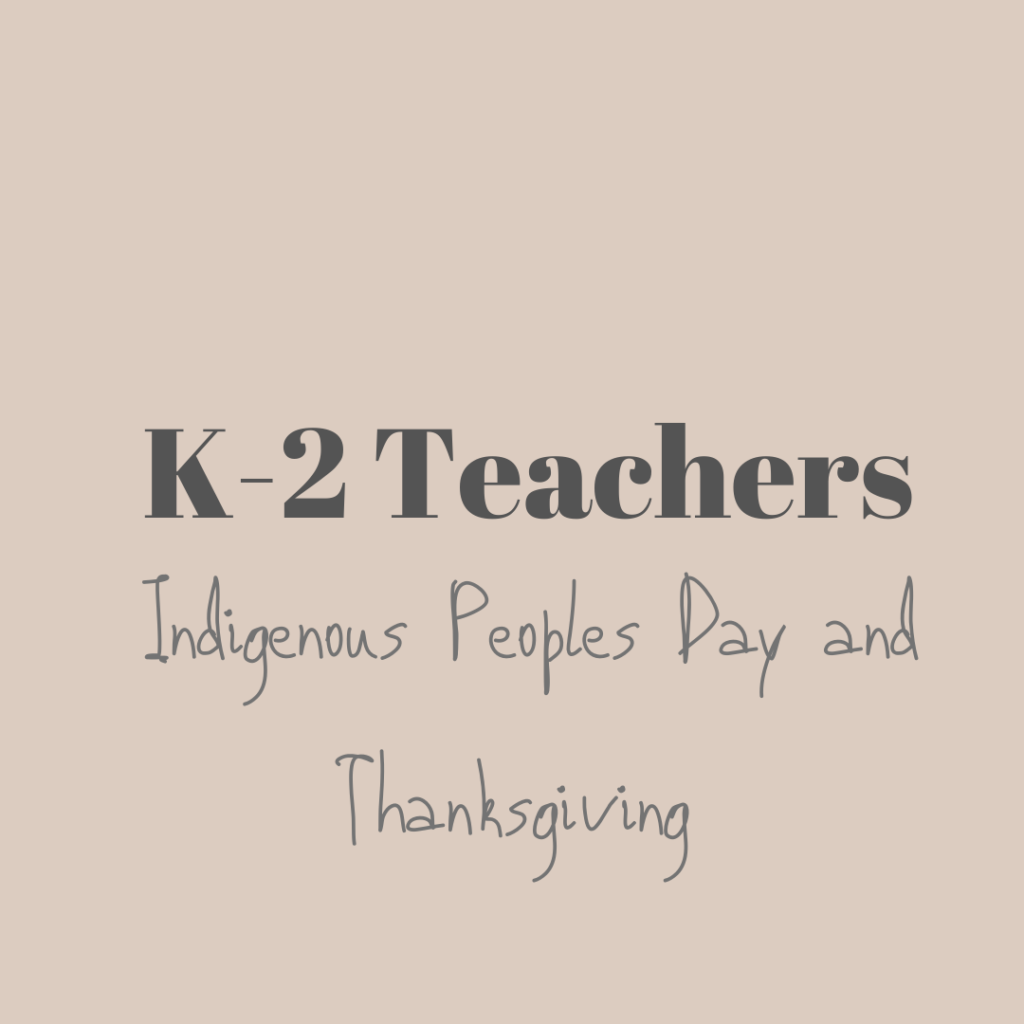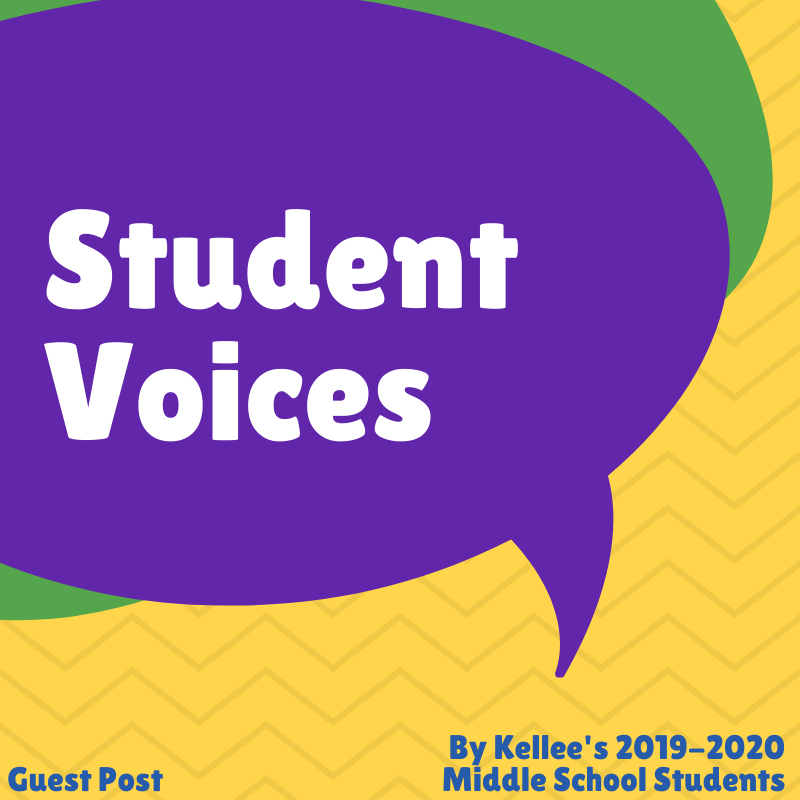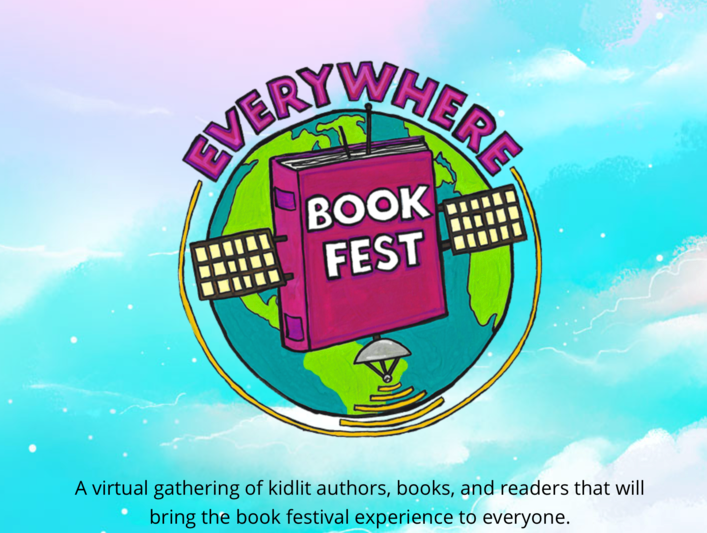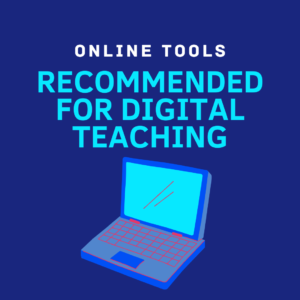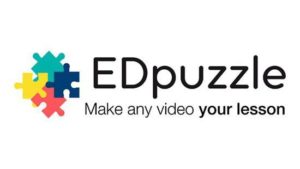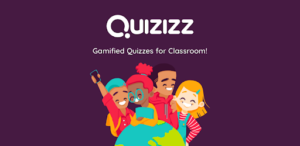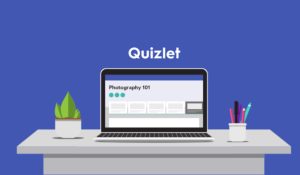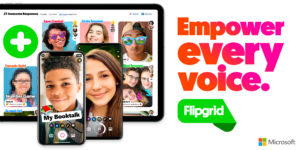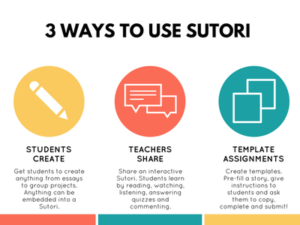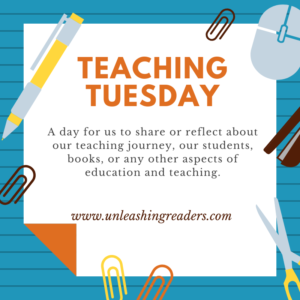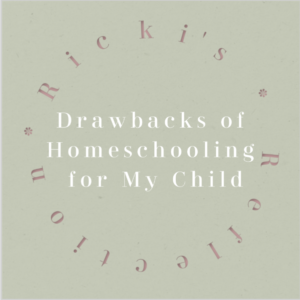“Challenging the Myths and Misconceptions of ADHD in Children’s Books”
As the author of Hannah Edwards Secrets of Riverway—which features a character who, like me, is neurodiverse—I struggle with the misrepresentation of ADHD. When I was a kid, I didn’t know that I had ADHD. So, I felt that I could relate to a lot of different characters. However, when I was diagnosed with ADHD at the beginning of my graduate degree, I did what many authors would do—I looked toward art to better understand myself. I was frustrated by the lack of characters, in both middle grade and adult fiction, who I could relate to.
To make things worse, social media is flooded with misrepresentations of ADHD, like the claim that “ADHDers don’t miss people” (a TikTok that genuinely made my blood boil). Misrepresentation occurs on multiple levels: on the internet, in media (looking at you Bart Simpson), and even in doctors’ offices. These claims can make an ADHD diagnosis embarrassing and even isolating. Like, if I tell my friends I have ADHD, will they think I don’t remember them?
ADHD is especially underrepresented in women, who often don’t fit the stereotypical misbehaving, hyperactive stereotype. Hannah Edwards Secrets of Riverway addresses this problem by showing my authentic ADHD experience. For example, when Hannah is confronted by the guidance counsellor, Mrs. Grant, she is faced with the challenge of trying to politely listen while also wanting—desperately—to turn over one mismatched sequin on Mrs. Grant’s purse.
Kids with ADHD need representations that portray ADHD realistically, ones that acknowledge that distraction is more than just a quirk and can be downright distressing—Hannah’s inability to pay attention in class genuinely frustrates her! Distraction is a huge part of ADHD, and so is the attempt to mask it: Hannah feels the need to hide her distraction by asking teachers to clarify questions (instead of saying that she missed it entirely). Masking can become a burden, which Hannah experiences as her mask slips while she is solving a mystery. My book also shows how procrastination isn’t always a choice—Hannah tries to write a book report, but her brain physically cannot do it.
One of the goals of my book is to help kids with ADHD feel less alone. And my book can also help kids without ADHD. A reader doesn’t have to have to be neurodiverse to connect with Hannah Edwards—she’s smart, fun, and a bit chaotic. Plus, let’s face it, everyone gets distracted from time to time, whether they have ADHD or not! We can acknowledge our shared struggles while also noting that people may experience them on different levels. That’s how proper representation can help to develop empathy.
By having authentic experiences represented in novels like Hannah Edwards Secrets of Riverway, we can dispel assumptions about ADHD and take steps to make the world a bit less daunting, and a lot friendlier.
Published September 10th, 2024 by Fabled Films Press
About the Book: From debut author Ashley Hards comes a modern, neurodiverse reimagining of Shakespeare’s Hamlet starring a young girl with undiagnosed ADHD (diagnosed in the sequel) that offers readers a fresh take on a familiar classic, with a mystery twist à la favorites such as Nancy Drew and Sammy Keyes: HANNAH EDWARDS SECRETS OF RIVERWAY by Ashley Hards (Fabled Films Press | September 10, 2024 | Ages 9-12).
Hannah has a lot on her mind. Her father—the Canola King—is missing and no one in her rural farming community seems to care, especially her evil Uncle Fergus. So when her best friend Sam Castillo tells Hannah he thinks he saw her father’s ghost down at the old Riverway Mill, she decides to take matters into her own hands.
On the edge of going from a “good kid” to a “bad kid”, Hannah stops pretending to pay attention to her endlessly boring classes, and with Sam, their sidekick Tim the Hall Monitor, and eventually a whole lot of Riverway frogs, Hannah embarks on a journey to solve the mystery of her father’s disappearance. Along the way, she uncovers secrets, confronts challenges in school due to her ADHD, talks to a ghost, and learns the true meaning of determination and friendship.
October is ADHD Awareness Month and over 9.8% of kids in the US have ADHD, with girls both under-diagnosed and under-portrayed in the media. Author Ashley Hards was declared to be “gifted” at age 8 and was diagnosed with ADHD at age 22, and the world she creates in HANNAH EDWARDS is deeply rooted in her own experiences. While Hards masterfully and authentically represents ADHD (and showcases neurodiversity as a positive asset), Hannah’s ADHD is not the focus of the story, but rather another element of her characterization. Reminiscent of Henry Winkler’s Hank Zipzer series, in which Hank’s dyslexia was secondary to his school escapades, neurodiverse and neurotypical kids alike will delight in Hannah’s adventures as she investigates her father’s mysterious disappearance, and relate to her need for agency and her unstoppable drive.
Told through Hannah’s secret journal, the book features a fun and unconventional mix of listicles, transcripts of recordings, some straight narratives, and even an Epic poem that will get kids excited about reading, and uses a font that increases legibility and readability for readers of all abilities. Blending mystery, adventure, and coming-of-age themes, HANNAH EDWARDS SECRETS OF RIVERWAY is a compelling read for anyone looking for an engaging story with plenty of heart.
Fabled Films Press has numerous classroom resources written and developed under the supervision of educators and professionals to support the book, including a Neurodiversity Discussion Guide by Dr. Dawn Jacobs Martin, PhD; a Common Core Language Arts Guide by Pat Scales; and a print-at-home Tween Activity Kit with word games, crafts, and writing activities. All of these resources and more are available at www.Hannah-Edwards.com.
About the Author: Ashley Hards was declared to be “gifted” at age 8 and was diagnosed with ADHD at age 22. When forced to sit still in class, she found books and writing to be the most engaging subjects, especially Shakespeare. She received both her BA and MA in English Literature from McGill University, where she now teaches writing and continues her research on Shakespeare and ritual.
Always the adrenaline lover, Ashley enjoys skiing, mountain biking, and opera. (Hey, it’s exciting.) She spent many weekends driving across Alberta and hanging out at a ski hill near Pincher Creek, and the vision for Riverway developed over many dark, stormy nights. Like Hannah, she enjoys journaling. Unlike Hannah, she has not solved any mysteries (yet). This is her first book. Find her on Instagram @ashleyrhards.
Thank you, Ashley, for ensuring that readers see authentic ADHD experiences and characters!
